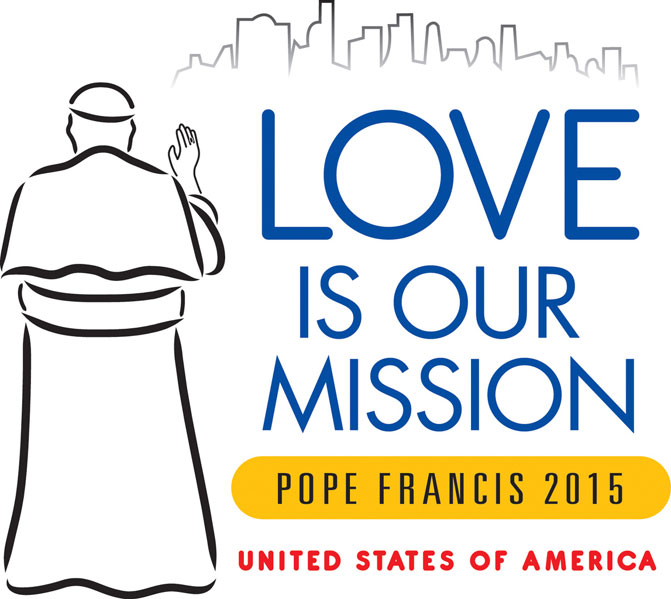Chapter Two: Speaking of Love: From Adolescence to Adulthood
by Paul Jarzembowski
In our adolescence, as we move from using the word “love” in family settings (“mommy, I love you”) to using it with people beyond our blood relatives in more personal and intimate ways, “love” becomes a pursuit, not a given. We agonize over how much someone “likes” us, and then get tied up in knots over when we should say “I love you” to that special someone. Sometimes these trials and tribulations become all consuming, even unhealthy, especially when the quest to be loved and to find others to love becomes too intense.
The roller coaster ride of dates, dances, and doubts are a part of growing up. I remember my own high school years: I would work up the nerve to ask one of my classmates out, and if she said yes, I would work up even more nerve trying to figure out what to do and what to say on those first, second, and third dates.
Moments like these mark the teenage years of many people. We wrestle with the emotional upheaval that goes with this youthful time in our lives. But before dismissing this as teenage fickleness, it should be noted that the tempestuous pursuit of “love” is part of our human DNA given to us by our Creator, so much so that the prophets of the Hebrew Scriptures used this experience to describe the way God pursues us in his divine love for all humanity.
The concern, though, is that some never get off the roller coaster ride. As we grow into young adulthood, we are called to define “love” in a more mature way. We incorporate notions of commitment, steadfastness, patience, and compassion into our understanding of this beautiful word.
In our youth and young adult ministries, the Church further challenges young men and women to love as Christ loves, with compassion and tenderness, with selfless sacrifice and humility, and in total acceptance of the Father’s will – exemplified by the biblical images noted in Love Is Our Mission, no. 24: the father of the prodigal son (Lk 15:11-32), the shepherd searching for his lost sheep (Lk 15:3-7), the mother who comforts her children (Isa 66:13), the healer of the blind man (Mk 10:46-52), among other beautiful examples.
Too often, as teens enter young adulthood, especially among those who are disconnected from the Church and ministries for youth and young adults, these wonderful definitions of “love” are not passed on. One thing that I have done with my ministry with young couples is challenge them to see themselves as the father of the prodigal son or the shepherd of the lost sheep: Would they lovingly forgive or search out their fiancée or spouse if they drifted, and then welcome them back with compassion and joy? Or, like the healing image of Christ in the New Testament, would they sacrifice their time, even to the point of putting their dreams and lives on hold, to take care of their sick or broken partner?
These images can remind us what God means by “love” and how we need a balance of the excitement of affectionate pursuit and the steadiness of stable and selfless commitment to truly understand how to love another as God loves us.
When St. Paul spoke of this mature understanding of love, he reflected in a similar way, saying, “When I was a child, I used to talk as a child, think as a child, reason as a child; when I became a man, I put aside childish things.” (1 Cor 13:11). In reading Love Is Our Mission, may we be inspired to pass on the beautiful, biblical imagery of love to our youth and young adults – so that, one day, they too can fully experience loving another as Christ so loved the world.
About the author
Paul Jarzembowski is the Assistant Director for Youth and Young Adult Ministries for the Secretariat of Laity, Marriage, Family Life and Youth at the United States Conference of Catholic Bishops.
To see the rest of the monthly articles click here.





